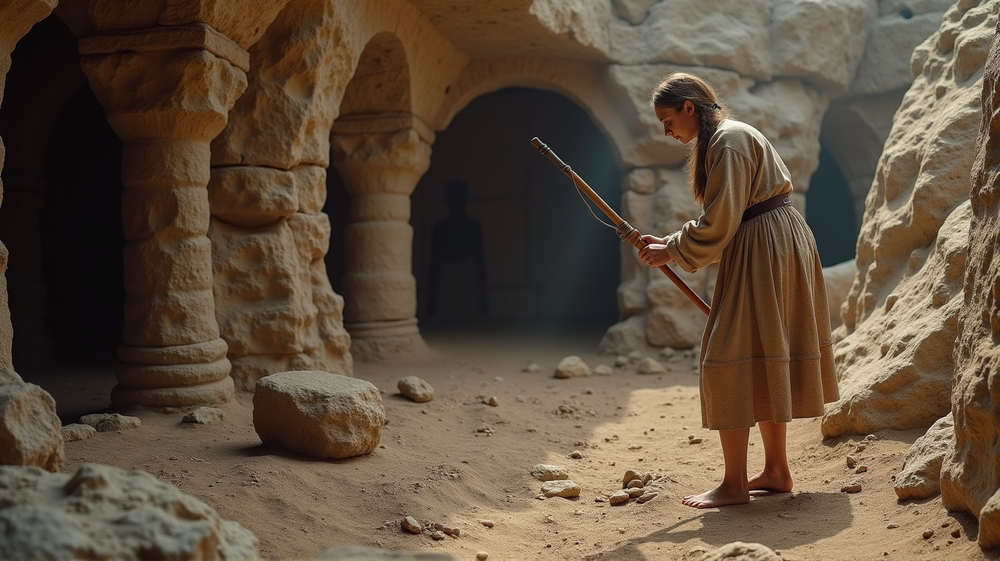Revealing Hidden Histories
A groundbreaking archaeological discovery in northern Latvia is rewriting the narrative of human history and gender roles during the Stone Age. According to Daily Express US, Stone Age tools found buried with female skeletons in Zvejnieki cemetery have shattered the long-standing belief that men were the primary hunters. This revelation challenges the prehistoric stereotype symbolized by the fictional Fred and Wilma Flintstone.
Uncovering Ancient Secrets
Zvejnieki cemetery, one of Europe’s largest and most significant Stone Age burial sites, has unveiled surprising insights into prehistoric life. Recent findings suggest that women were equally involved in hunting activities, an unexpected twist in historical interpretation. Until recently, these tools were overlooked as mundane grave goods, but they now hint at a more egalitarian past where gender roles were not as rigidly defined as once thought.
A Feminine Touch in Stone Age Rituals
Archaeologists discovered that women were more likely than men to be buried with these lithic tools, challenging assumptions about gender roles. Interestingly, some of these items were intentionally broken during burial ceremonies, indicating they held significant ritualistic value. The presence of such artifacts with children also suggests a broader participation in these ancient traditions.
Challenging “Man the Hunter” Narrative
Dr. Aimée Little from the University of York’s Department of Archaeology emphasized how these findings overturn the ‘Man the Hunter’ stereotype. “These artifacts represent a missing piece of the story,” she explained, adding that they offer unprecedented insights into the social dynamics of early human communities. This discovery not only alters our perception of prehistoric gender roles but also broadens our understanding of Stone Age societies.
A Call for Reevaluating Historical Assumptions
The research team, including Dr. Anđa Petrović from the University of Belgrade, urges scholars to reassess gender assumptions in historical contexts. The involvement of women and children in hunting activities suggests a society more cooperative in nature than previously imagined. Such revelations serve as a potent reminder of humanity’s shared history and the nuances of social evolution.
Implications for Future Research
These findings open the door to new archaeological inquiries and interpretations. By casting aside old stereotypes and embracing more inclusive narratives, we can unlock deeper insights into our collective past, enriching our understanding of how early humans lived, interacted, and evolved. As the story of our ancestors continues to unfold, this new chapter promises to offer fresh perspectives on human history and cultural development.
Unraveling the mysteries of the Stone Age and challenging outdated narratives certainly paints a more comprehensive picture of our ancestors’ lives and societies. This discovery not only dignifies women in prehistoric communities but also elevates the conversation surrounding gender equality and shared responsibilities throughout history.












